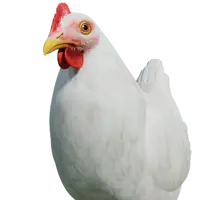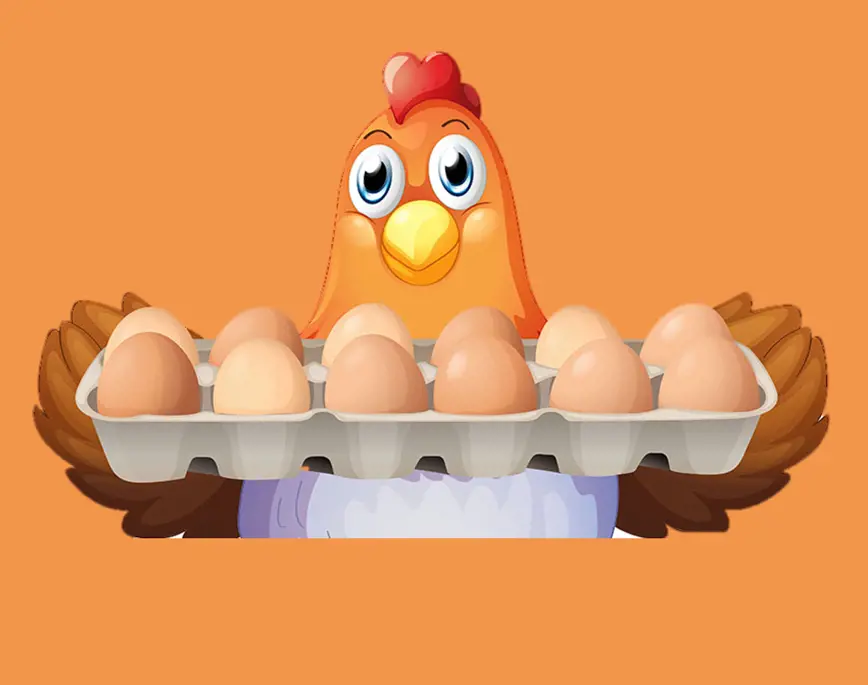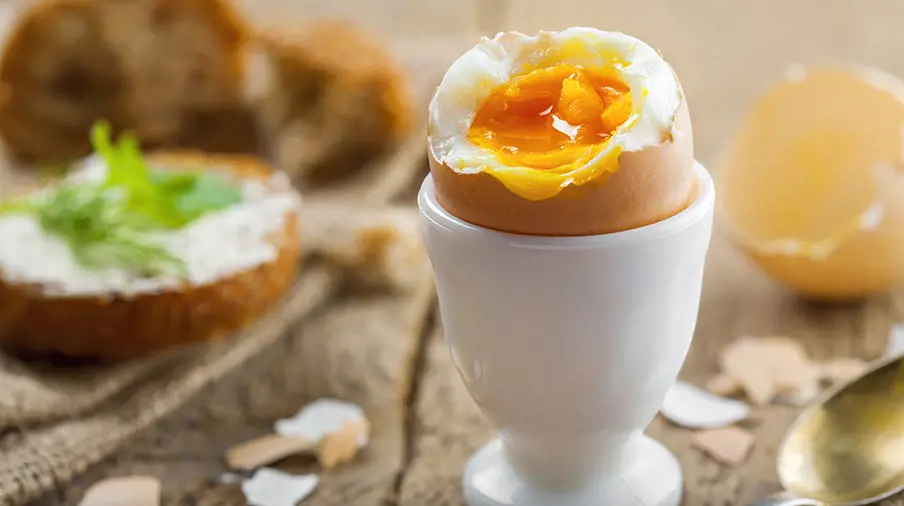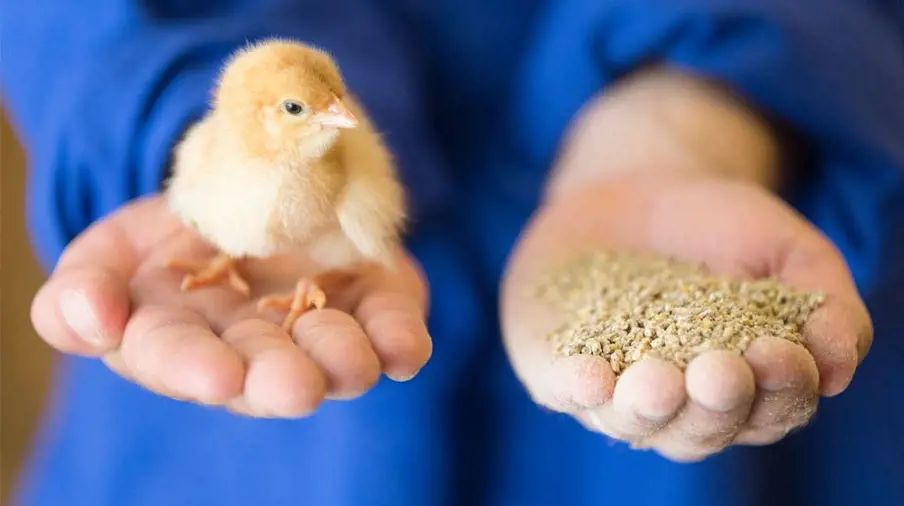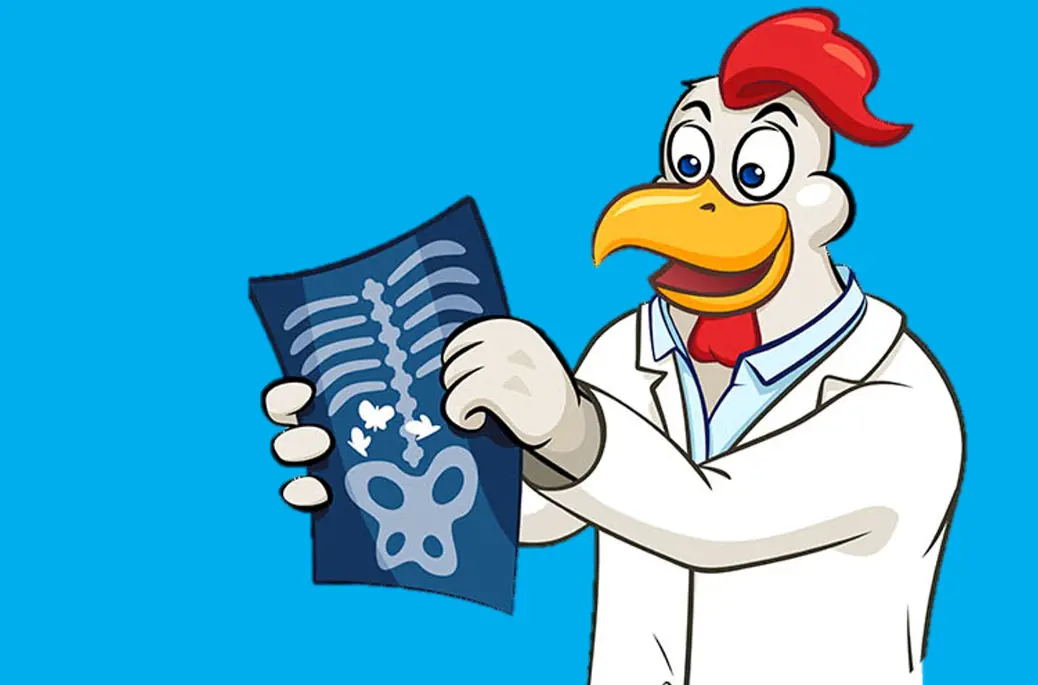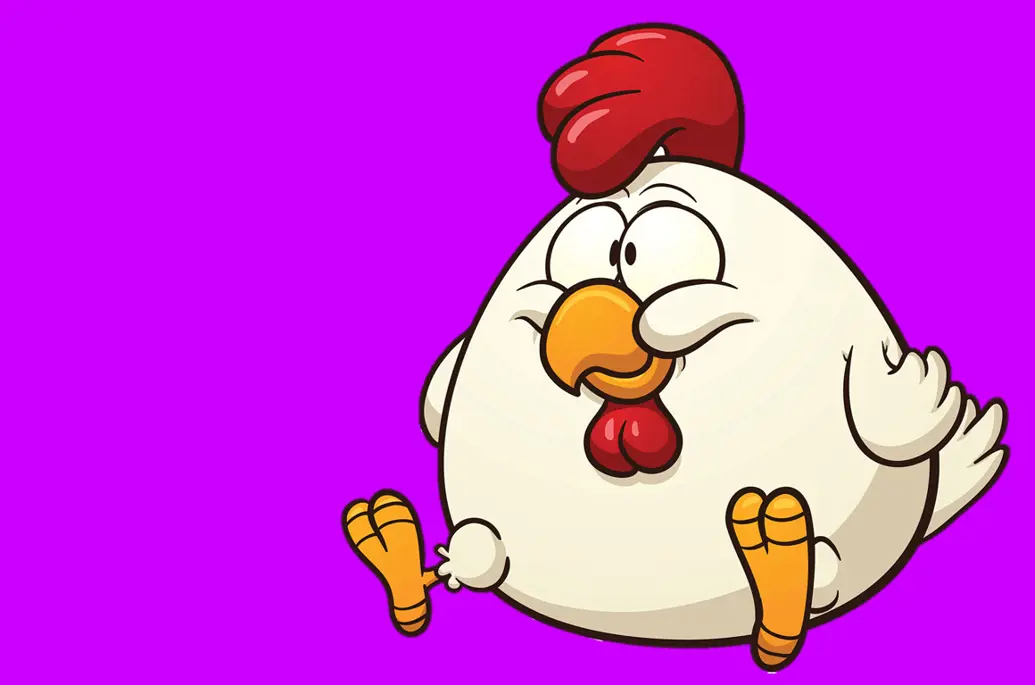
Chicken doctors
As a chicken farmer, you have to pay close attention to the health of all the chickens on your farm. Anna and Dean will tell you exactly how that works!
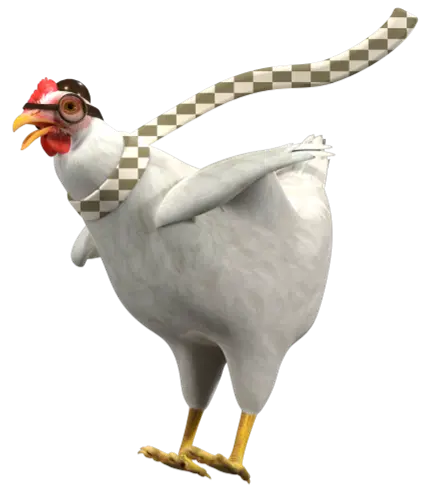
Doctor, doctor...!
Usualy a vet (the chicken doctor) takes a blood sample from laying hens a few times in their lifetime: first at the end of the rearing stage and then three more times during the laying stage. The vet takes samples from 30 hens per flock. But the chicken doctor only needs to take a sample once from broilers (chickens bred for meat). This must be done in accordance with European law. This blood is then examined to see whether the animals have been in contact with diseases that might be dangerous to them, such as bird flu. By checking all flocks regularly, we can prevent disease from spreading. What’s more, the vet checks the blood to ensure that the chickens have been properly vaccinated.

Did you know that the chicken farmer, vet and specialists at De Heus work together to keep the chickens healthy? We do this by giving them vaccinations, keeping the climate at the right level in the shed and of course giving chickens the right feed.
Chicken vacations
First, during the rearing phase, all laying hens are given different vaccinations (by giving them an injection, a liquid to drink or a spray), just like humans.
The vaccinations help to prevent many chicken diseases, but problems can also arise later on. These could be:
- viruses – like people get, which there’s nothing we can do about. They just have to get through being sick!
- bacterial infections – we have medication for this, but there are strict rules about using medication
- parasites – these are really annoying for a chicken. These could be blood mites, for example, which bite the chickens and cause itching. Hens may also suffer from worms. But not to worry – the chicken doctor can help with this!
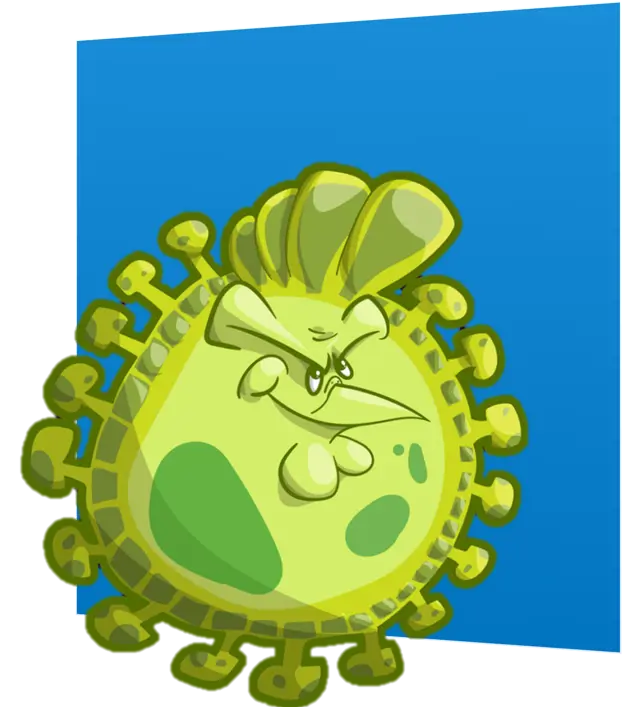
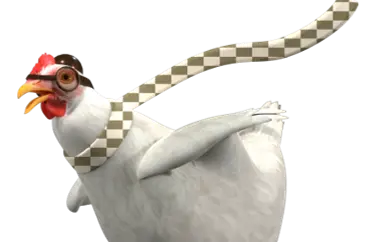
Just what the chicken doctor ordered
How does a chicken doctor know whether a chicken is healthy or not?
The farmer and the chicken doctor walk among the chickens to listen to them. Do the chickens seem quite happy? Most of the time, the chickens are doing just fine. But sometimes, like us, chickens can get sick. They might sound as if they have a runny nose, for example. If the chickens are squawking a lot, then they might be stressed. Hens and roosters might be stressed if it’s too hot. And when that happens, it makes their bodies even hotter inside due to their digestive system. Of course, they can’t just take off their feathers like a coat. They can only cool themselves down through the comb on their head and by panting. Fortunately, the farmer can help by using the climate control system to make it cooler in the shed when it gets very hot outside, so that the chickens will feel more comfortable inside.
The farmer and the chicken doctor also use their eyes. What do the chicken’s feathers look like? What colour is its comb? If a chicken’s comb is pale, it’s probably not feeling well. If the chicken sits around in the nest all day long, that’s not a good sign either. Healthy chickens enjoy scratching around. Sick chickens tend to hide or stay put. If the chickens are sticking together very closely in groups, the farmer knows that there’s something wrong with the ventilation, because chickens don’t like to get cold! They also observe the wings of the chicken. If the chicken’s wings look firm, they are generally healthy.
If there’s something wrong with a flock, it’s important to find out exactly what the chickens are suffering from. If a chicken dies and the vet can’t tell what’s wrong, an autopsy will be performed. This is when the vet and the farmer open the chicken up to take a look inside and try to find out what’s going on. They try to get a diagnosis (finding out what’s wrong). If the correct diagnosis can be made, then they can decide how best to help all the other chickens.
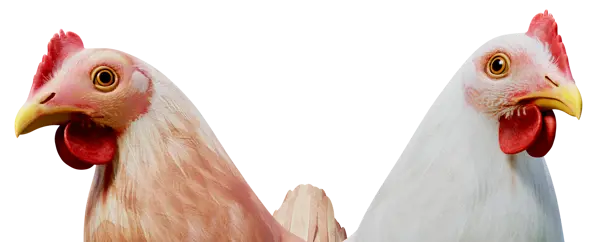
Test your knowledge
Sometimes, when you’re giving a presentation, you might need to ask the audience questions. Why not test your own knowledge here? You could use them in your presentation
